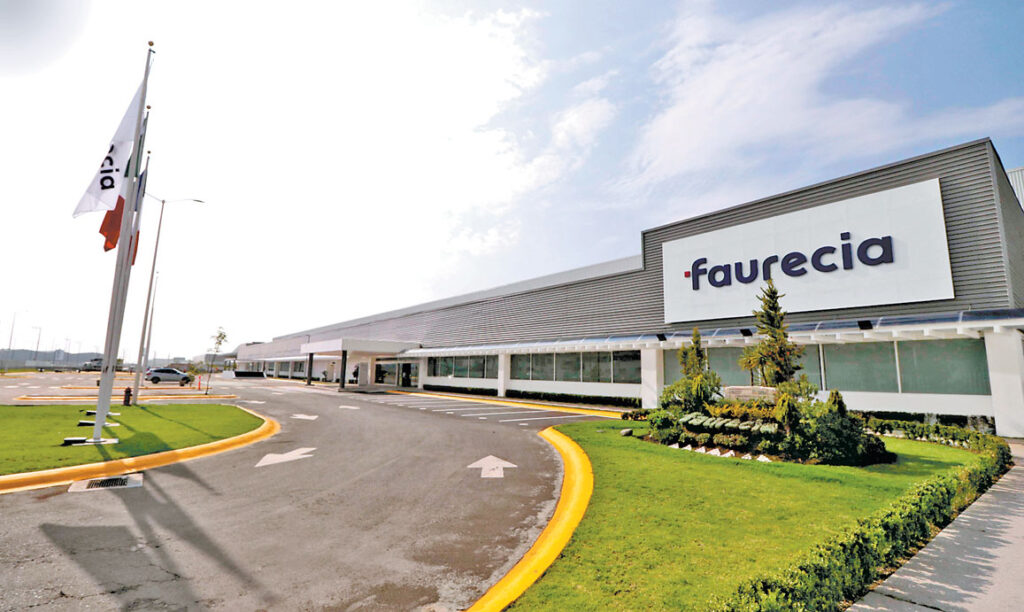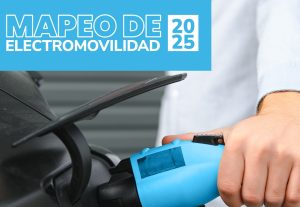Sustainable mobility in Mexico requires significant advances to counteract figures that threaten the quality of life of citizens. It is estimated that 77% of the population lives in cities and loses approximately five years in congested metropolis traffic.
Likewise, the nation has high rates of greenhouse gases with 22.9% of emissions from motor vehicles alone, according to official government figures.
Faced with this reality, there are companies that focus their efforts on reversing the impact of pollution caused by the automotive sector, and offer mobility solutions adapted to the new times and attached to treaties such as the Paris Agreement, to mitigate climate change.
One such company is Faurecia Mexico, which has developed cutting-edge technologies to boost sustainable mobility and improve the user experience on board its cars.
The organization has introduced ultra-low-emission solutions such as carbon (CO2) emissions reduction with exhaust heat recovery systems. The innovation is particularly well suited for use in hybrid vehicles – which will account for 30% of the propulsion system mix by 2025 – by enabling them to operate in electric mode more frequently, improving fuel economy and reducing pollution.
Faurecia’s so-called compact EHRS weighs less than three kilograms and offers best-in-class packaging, allowing installation in a close position to the engine for maximum heat recovery.
It is the most competitive solution of its kind on the market and brings a fuel consumption reduction of 3% to 7% in cold conditions due to faster engine warm-up and increased use of the electric mode. Faurecia equips cars such as the Hyundai IONIQ Hybrid and Plug-in Hybrid, as well as the Ford F-150 with this technology.
Electric Catalytic Converter
In order to improve air quality and anticipating stricter emissions regulations, Faurecia has developed electric heated catalytic converters, taking into account that 80% of polluting gases are emitted in the first 20 seconds of an engine’s operation.
The low-temperature phase-activated electric heated catalyst uses electrical energy to warm exhaust gases and ceramic catalyst cells to reach their maximum efficiency temperature at the shortest possible time.
For gasoline applications, at the correct temperature level for the catalyst, pollutants are converted beyond 95%. For diesel applications, the electrically heated catalyst allows an overall 75% reduction in NOx emissions.
This technology also helps reducing deposits and increasing engine life.
The Cab of the Future
Another of Faurecia’s mobility solutions that break new innovative ground is the Cab of the Future, by offering passengers an entire travel experience.
They focus on providing a safer, more comfortable, personalized journey and helping to ensure cleaner and more environmentally responsible transportation.
Onboard travel will become an extension of today’s connected lifestyles as people switch seamlessly between driving, working, relaxing and socializing.
To achieve these goals, Faurecia is working with Microsoft combining its expertise on edge computing, artificial intelligence, cloud-based services and cockpit integration to enable occupants to stay connected, productive and entertained while in the car. Together, they develop services that enhance comfort, well-being and infotainment, providing digital continuity from home or office to the car through access to on-demand content or collaborative work platforms.
Faurecia has also formed a strategic partnership with MAHLE to integrate and connect different interiors and seating features to enhance the in-vehicle experience.
The focus of this alliance has been to create an individual comfort and thermal bubble that leaves the passenger feeling better at the end of their journey. The vehicle monitors real-time data collected from onboard cameras or wearable devices that measure skin texture, heart or respiratory rate, and blood pressure to guide adjustments to air distribution or heat settings during the journey.
If it detects stress, fatigue or motion sickness, the vehicle will offer multisensory experiences to relax or refresh occupants. Over time, artificial intelligence and contextual analysis allow the vehicle to anticipate user preferences.
Sustainable Roadmap
Faurecia has designed a sustainability strategy to reach zero emissions in the short term. The company has divided its objectives into three stages: first, to be carbon neutral for its internal emissions by 2025. The second stage, to be carbon neutral in its controlled emissions by 2030 and, finally, to be carbon neutral in all its operations by 2050.
Faurecia’s emission reduction targets have been validated by the Science Based Target (SBTi) initiative for its operations (Scopes 1 and 2). The Group’s targets are designated according to the reduction needed to keep global warming to 1.5°C, the most ambitious objective of the Paris Agreement.
About Faurecia
With 266 plants, 39 R&D centers and 114,000 employees in 35 countries, Faurecia is one of the top ten automotive suppliers worldwide.
Faurecia’s mission is to develop technologies for Sustainable Mobility and create customized experiences for the Cabin of the Future.




